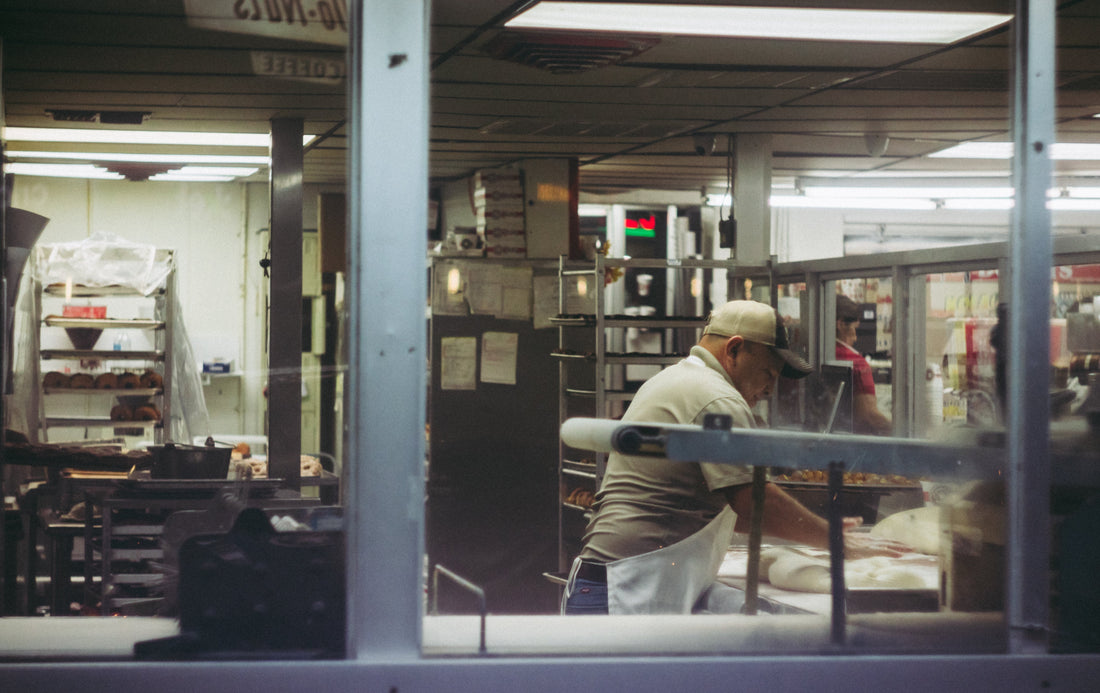
Chlorine as a disinfectant/sanitizer
Share
Use of Multi-Blend’s Sanitizer Destainer for sanitizing equipment and food handling articles:
The active ingredient in Sanitizer Destainer – sodium hypochlorite – is very effective at killing viruses. Make sure you leave the sanitizing solution to work for 10 minutes then give the surface a wipe with a clean cloth.
The bleach works by destroying the protein and what's known as the ribonucleic acid (RNA) of the virus – this is the substance that gives the blueprint for making more virus particles when you become infected. Be sure to use the bleach as directed.
Dilute mixtures of Sanitizer Destainer and water are a common and cost-effective method for sanitizing equipment in food processing operations. When used properly, Sanitizer Destainer can be a very effective method of killing undesirable microorganisms. The germ-killing effect in a solution of Sanitizer Destainer and water is due to available chlorine, present as hypochlorite and hypochlorous acid. Sanitizing solutions containing sodium hypochlorite are permitted for use on food processing equipment and food contact articles with the following provisions:
Equipment or articles sanitized with the solution must be allowed to drain adequately before contact with food.
Solutions used for sanitizing equipment shall not exceed 200 parts per million (ppm) available chlorine.
Contact time of ten minutes is usually sufficient to achieve a thorough kill, depending on chlorine concentration and organic load.
If higher concentrations are used, the surface must be rinsed with potable water after sanitizing.
Chlorine loses its effectiveness quickly in the presence of oil, dirt and organic material. Wash water should be changed when it becomes dirty.
There is a reaction to be aware of. Chlorine solutions when mixed with anything acidic form chlorine gas. Chlorine gas is highly toxic. For this reason, never add acid to a chlorine solution without monitoring its pH. One common source of acid is vinegar - often used as a cleaning aid. Some commercial cleaning agents are also acidic.
High pH values may become an issue if the water used for the sanitizing solution is naturally alkaline (pH > 7.0). It may also be a problem if detergent residues, which are usually alkaline, are left on equipment or food contact surfaces sanitized with chlorine. Be sure to rinse surfaces as well as possible before using a chlorine sanitizing rinse.
Chlorine test kits are available to test the level of active chlorine present in a solution. Replace the sanitizing solution when solution strength is less than the required strength. Solution strength will weaken over time.
Chlorine solutions are by nature highly corrosive; they should not be used on surfaces that are prone to rust. Other sanitizers, such as quaternary ammonia compounds (Medi Quat 4, Sanitrol MB, and Multi San), may often be used on these surfaces. In addition, chlorine solutions are irritating to the skin and the fumes irritate the respiratory tract. These solutions should only be used with adequate ventilation and protective clothing.
